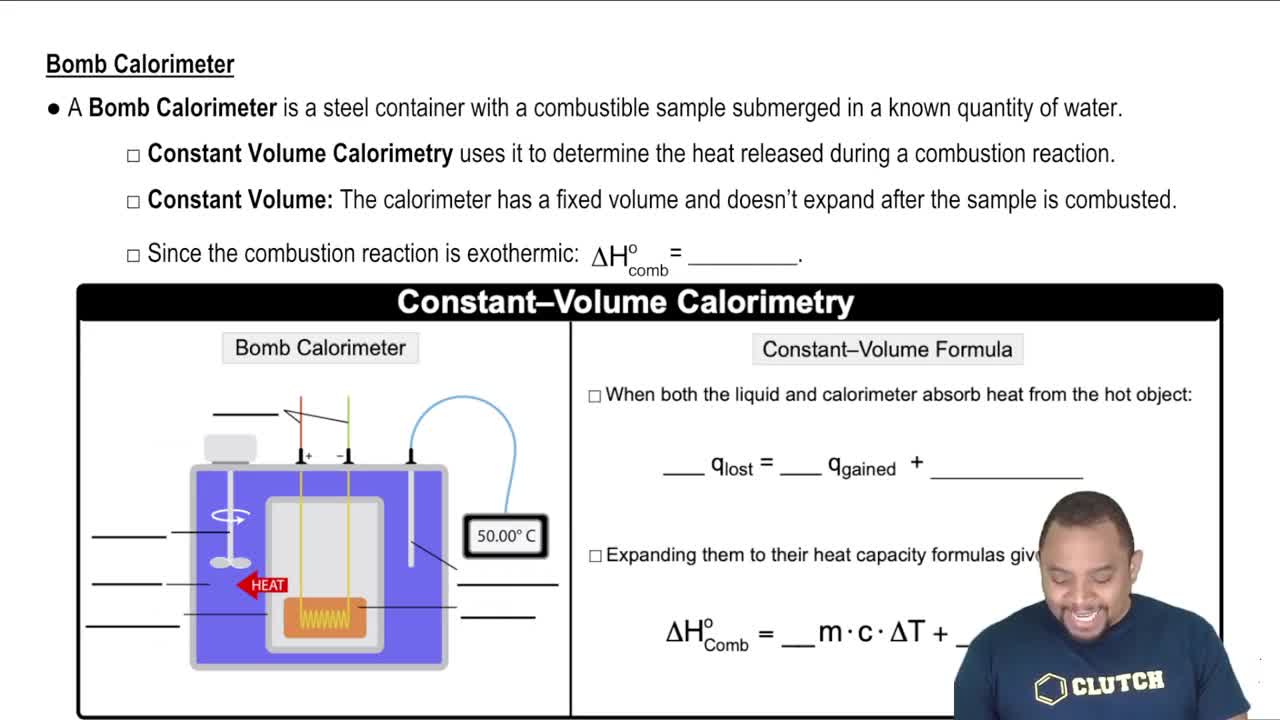Nuclei with the same number of neutrons but different mass numbers are called isotones. Write the symbols of four isotones of 236Th.

Neutron stars are composed of solid nuclear matter, primarily neutrons. Assume the radius of a neutron is approximately 1.0×10–13 cm. Calculate the density of a neutron. [Hint: For a sphere V = (4/3)πr3.] Assuming that a neutron star has the same density as a neutron, calculate the mass (in kg) of a small piece of a neutron star the size of a spherical pebble with a radius of 0.10 mm.
 Verified step by step guidance
Verified step by step guidance
Verified video answer for a similar problem:
Key Concepts
Density

Volume of a Sphere

Mass Calculation

Carbon-12 contains six protons and six neutrons. The radius of the nucleus is approximately 2.7 fm (femtometers) and the radius of the atom is approximately 70 pm (picometers). Calculate the volume of the nucleus and the volume of the atom.
Carbon-12 contains six protons and six neutrons. The radius of the nucleus is approximately 2.7 fm (femtometers) and the radius of the atom is approximately 70 pm (picometers). What percentage of the carbon atom's volume is occupied by the nucleus? (Assume two significant figures.)
A penny has a thickness of approximately 1.0 mm. If you stacked Avogadro's number of pennies one on top of the other on Earth's surface, how far would the stack extend (in km)? [For comparison, the sun is about 150 million km from Earth and the nearest star (Proxima Centauri) is about 40 trillion km from Earth.]
